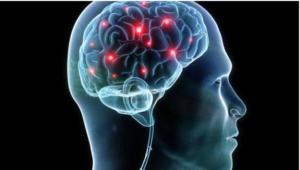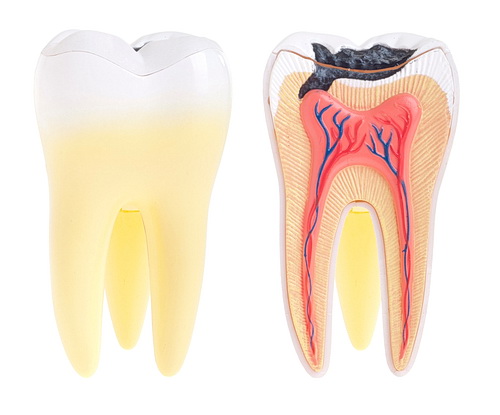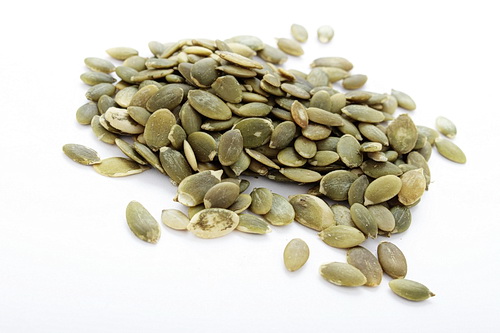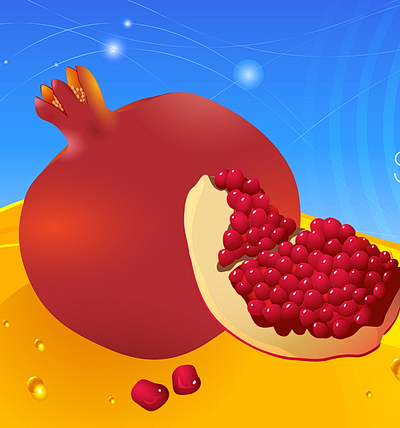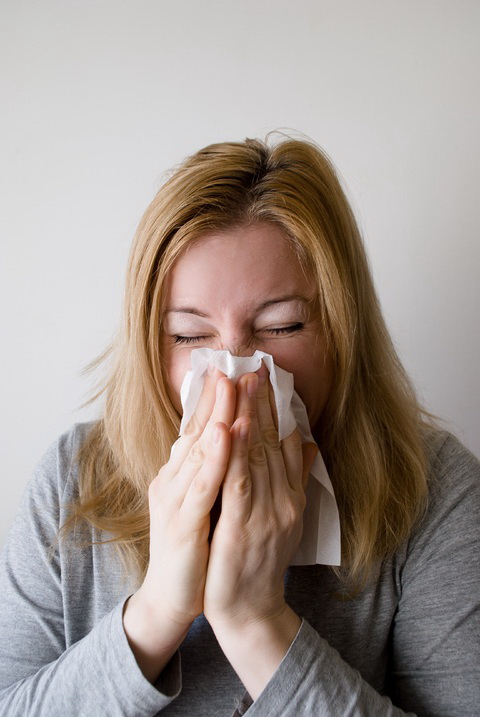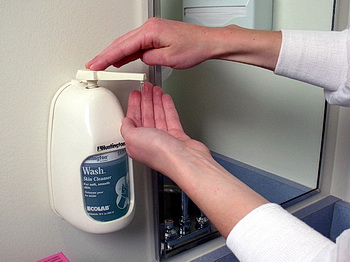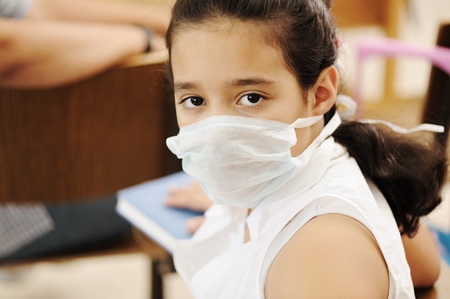People have conflicting views on the weight-loss friendliness of bananas. Some say they aid weight loss, while some believe that they help weight gain. The constant bickering between the pro and anti-banana camps leave a layperson befuddled. Bananas are an excellent snack choice because they are filling and have a sweet taste that can feel like a delightful respite on a sugar-free diet. And even without a low-calorie diet, bananas can be a great snack option or a supplementary food item.
But when people get caught up in the calories of bananas, they lose sight of the many benefits of the fiber-rich food. And consequently, avoid eating bananas. However, a person shouldn’t cut bananas out of their diet entirely for fear of weight gain because they offer a bunch of nutrients that keep the body healthy.
Before passing a verdict on bananas’ ability to assist or inhibit weight loss, let’s consider the arguments of both the camps.
The Pro-Banana Camp
The pro-banana camp supports eating bananas on a daily basis because they think it’s more good than bad. That is, even though bananas have calories, the excessive nutrients that a banana has to offer counter those calories. It’s packed with fiber that keeps a person fuller for longer during, hence reduces frequent food intake. And as a result, the overall calorie intake remains in control.
Some radical members of the camp may even believe that since bananas are rich in vitamins and minerals, the calories in the fruit are not harmful. There is no scientific study to support that argument, but some people continue to use the high nutrient count of bananas as an excuse to binge eat them.
One segment of the pro-banana camp, who are health-conscious, believe that on a strict diet, having a banana is an excellent way of satisfying sugar cravings with the added benefit of getting other nutrients as well.
Underripe bananas have high quantities of resistant starch, which doesn’t digest in the gut. And as a result, it floats in the blood and acts like soluble fiber, which helps in weight loss and reduces blood sugar. But that happens if you consume bananas that are a bit green. A person doesn’t have to eat an utterly unripe banana; just a bit of under-ripe banana can do the trick. However, more research is required to make a definitive claim to support resistant starch theory.
Bananas have a low to medium glycemic index, which is the ability of a food item to raise the blood sugar level. Not all bananas have a low glycemic index, but most of them do, depending on their ripeness. Slightly under-ripe bananas have a lower glycemic index than overripe bananas. Nonetheless, bananas don’t spike the sugar level in blood tremendously. So that’s also one reason why people like to eat bananas.
Bananas release their sugar slowly. That is, the body gets sugars from bananas at a linear pace; therefore, a person doesn’t feel an instant surge in the blood sugar levels after consuming a banana. High GI food items are linked with weight gain and diabetes. But since bananas have low to medium GI levels, they are considered to be weight loss friendly. No conclusive research is available to attest to these claims. More study on this aspect of bananas is required.
Now that we have gone over all the possible arguments played by the pro-banana camp let’s move on to the anti-banana camp now.
The Anti-Banana Camp
People in this camp are staunch believers in the fattening properties of bananas. They avoid bananas for fear of weight gain due to the high-calorie count in bananas. To better understand the calorie count of a banana, let’s take a look at the nutrient label of a medium-sized banana.
Calories 150
Potassium: 12% of the RDI
Vitamin B6: 20% of the RDI
Vitamin C: 17% of the RDI
Magnesium: 8% of the RDI
Copper: 5% of the RDI
Manganese: 15% of the RDI
Fiber: 3.1 grams
Most members of the anti-banana community steer clear of them in favor of other fruits that offer the same amount of nutrients without stacking up on calories such as apples. A cup of apple slices has about 60 calories, while a cup of banana slices has around 135 calories.
Furthermore, the source of calories in a banana is carbohydrates. Bananas aren’t high on fats, but it does have a high carb count. Most of the carbs in a banana are glucose, fructose, and sucrose, which are also sugar components. Sugar turns into body fat more quickly than other calorie sources.
However, things can be different in starch resistant food items as they release their sugar gradually in the body. So if a person works out and burns their calories, they don’t have to worry about the sugar in bananas turning into body fat.
Bananas have a bad rap in terms of their calorie content. People defame bananas based on their high-calorie content without considering the high fiber content of bananas, which can aid in weight loss.
What’s the Final Verdict?
Bananas are indeed high in calories, but they offer other healthy compounds and micronutrients. A person shouldn’t dismiss the nutritional benefits of bananas in fear of gaining weight due to the calories it has. If eaten wisely, a banana can add a lot of nourishment to a person’s diet.
With that said, bananas are not free food. Even though they are charged with nutrients, their calories are a reality. You cannot binge-eat bananas and expect to lose weight. But that’s true for most food items. As long as you take them in moderation, they can help you with your body/fitness goals.
Deciding on whether to include bananas in your diet depends on your goals and personal choice (do you like the taste of bananas?). If you want to lose weight, having a banana can sustain you for longer durations. So you can create a calorie deficit by not eating anything else after consuming a banana. But if you like to eat something at short intervals when dieting, then you might want to avoid eating bananas often.
Don’t completely rid your diet of bananas and don’t also include too many of them in your diet. Consume them in moderation, and you will be fine.





 Meditate or download apps on your phone to help you relax. Take deep breaths as much as possible and think that everyone is in this crisis together, so you need to stay strong. Destressing is critical if you want to control your anxiety levels.
Meditate or download apps on your phone to help you relax. Take deep breaths as much as possible and think that everyone is in this crisis together, so you need to stay strong. Destressing is critical if you want to control your anxiety levels. 
 According to the experts at the University of Maryland Medical Center, ginseng is an adaptogen. Adaptogens are herbal substances that help stabilize the physiological processes that take place inside the body and promote
According to the experts at the University of Maryland Medical Center, ginseng is an adaptogen. Adaptogens are herbal substances that help stabilize the physiological processes that take place inside the body and promote  Flu is a common ailment that people face during seasonal changes and with the ongoing
Flu is a common ailment that people face during seasonal changes and with the ongoing  Even though people are increasingly indulging more and more in regular workout regimens, there is still a significant number of people who live a sedentary life, which makes them susceptible to multiple health problems. Furthermore, the lack of activity in the lives of such people makes them weak and lethargic. Drinking ginseng tea can help those who lack energy in their lives.
Even though people are increasingly indulging more and more in regular workout regimens, there is still a significant number of people who live a sedentary life, which makes them susceptible to multiple health problems. Furthermore, the lack of activity in the lives of such people makes them weak and lethargic. Drinking ginseng tea can help those who lack energy in their lives.